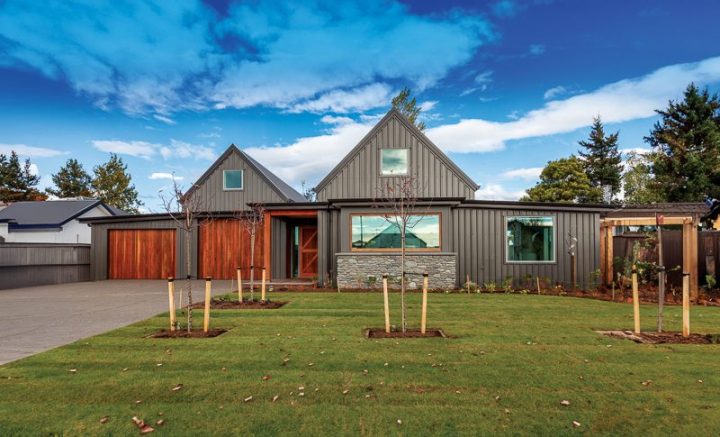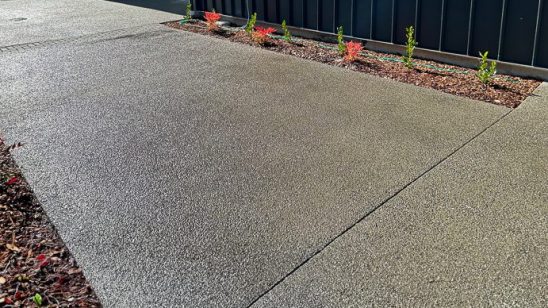
If it doesn’t rust or rot, should we build with it? High Country Homes
Today, many new technologies seek to improve energy use in homes. Unfortunately, often the trade-off is the environment.
Plastics such as polystyrene, foams, sealants, rubbers, acrylics and nylons are used in various build systems, most of which are unable to be satisfactorily recycled. This raises an ethical dilemma: If products will not be recycled properly, should you use them? asks Simon Banks of High Country Homes.
“Just because you can mix cement with polystyrene, should you? We all know that after the Christchurch earthquakes it proved too difficult and time-consuming to separate them out.”
Simon was recently at the dump when a man threw out two plastic children’s motorbikes into the hopper. “Who was at fault with this unchecked disposal of plastic into New Zealand soil? The manufacturer, importer, legislator, or the dumper?
Most would agree that they all have a responsibility. “The toy could have been made sustainably out of wood or steel by instituting a simple rule: if it doesn’t rust or rot, don’t use it.”
Simon says it is the same with plastic usage in construction although on a far greater scale. Often, energy efficiency and sustainability are categorised as the same thing. Simon says they are not. “At High Country Homes, we avoid plastics where possible. Tar papers still work, and a measure of airtightness can be achieved with ply, which also helps with earthquake resilience. Recyclable insulations, chemical-free timbers and conscionable design are still available. Stone, steel, timber, and natural fibres have been used in construction for centuries. They look great and feel good.”



